Filter by
Ears
Help your pet be healthier and happier with products handpicked by our vets. All Dutch members receive free
shipping!
-
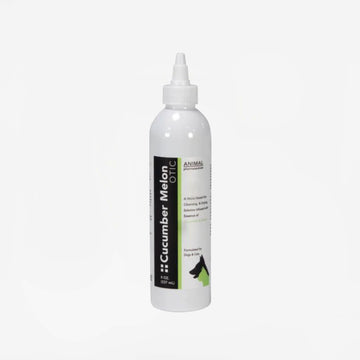
Cucumber Melon Otic Solution
$13.79 / unit
-

Douxo Micellar Solution
$17.09 / unit
-

Easotic Otic Suspension (Rx)
$37.09 / unit
-
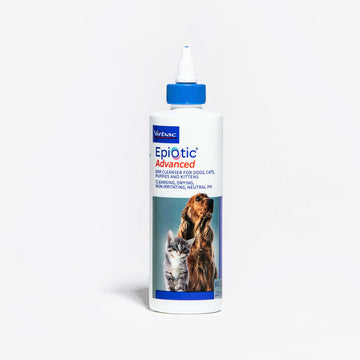
EpiOtic Advanced Ear Cleanser
$21.39 / unit
-
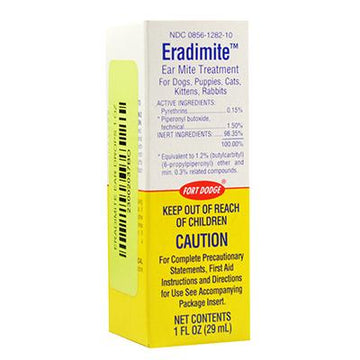
Eradimite Ear Drops
$22.53 / unit
-
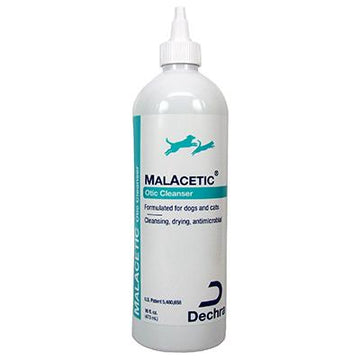
MalAcetic Otic Cleanser
$41.41 / unit
-

MalAcetic Ultra Otic Cleanser
$41.41 / unit
-
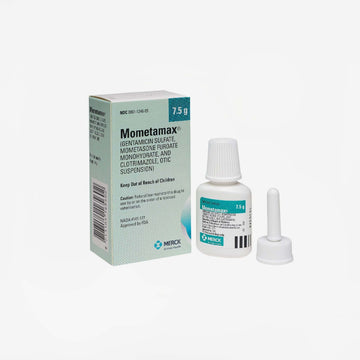
Mometamax Otic Suspension (Rx)
$38.84 / unit
Multiple options available
-

One Ear Cytology and QSM Pseudomonas Test Kit
$99.99 / unit
-

One Ear Cytology with Reflex Culture & Sensitivity Kit
$149.99 / unit
-
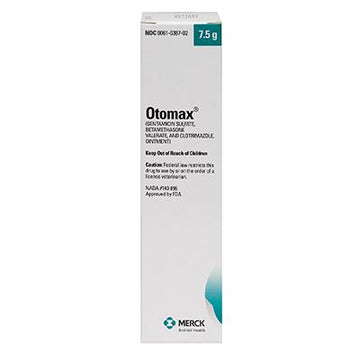
Otomax Ointment (Rx)
$29.99 / unit
Multiple options available
-
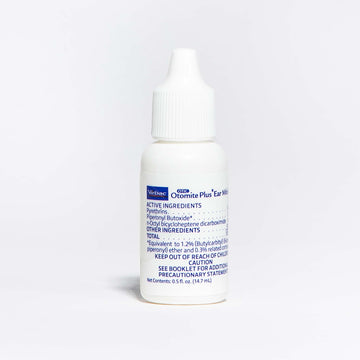
Otomite Plus
$14.25 / unit
-

Oxyfresh Ear Cleaner
$15.95 / unit
-

Pharmaseb Flush
$30.09 / unit
-
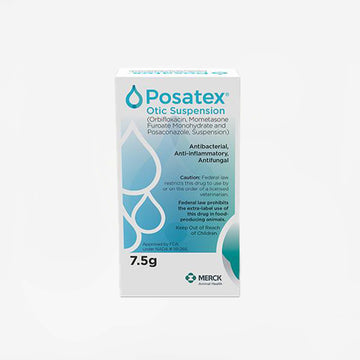
Posatex Otic Suspension
$46.19 / unit
Multiple options available
-
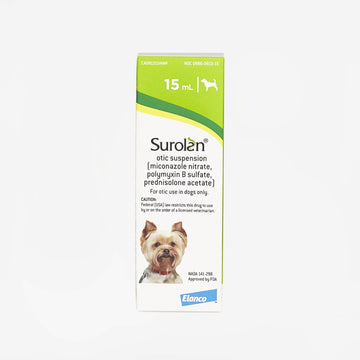
Surolan Otic Suspension (Rx)
$38.08 / unit
Multiple options available
-
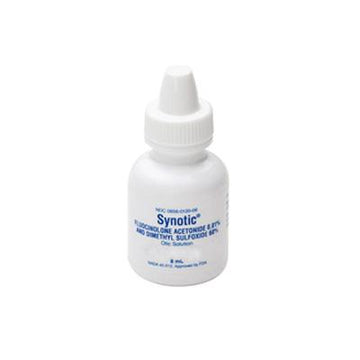
Synotic Otic Solution (Rx)
$27.26 / unit
-
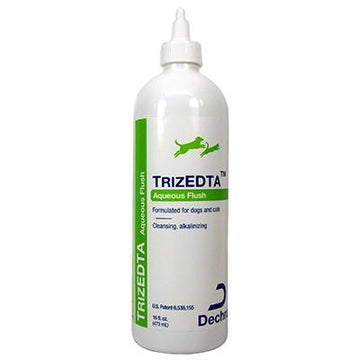
TrizEDTA Aqueous Flush
$42.33 / unit
-
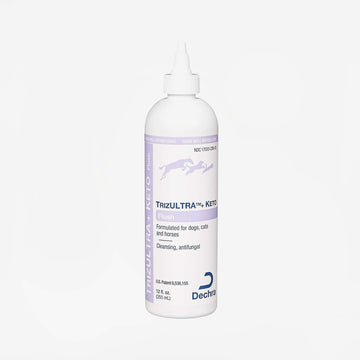
TrizULTRA + Keto Flush
$37.23 / unit
-
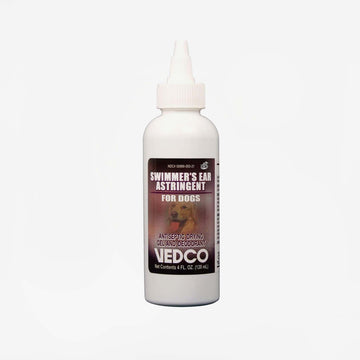
Vedco Swimmer's Ear Astringent
$9.21 / unit
- 1
- 2





















